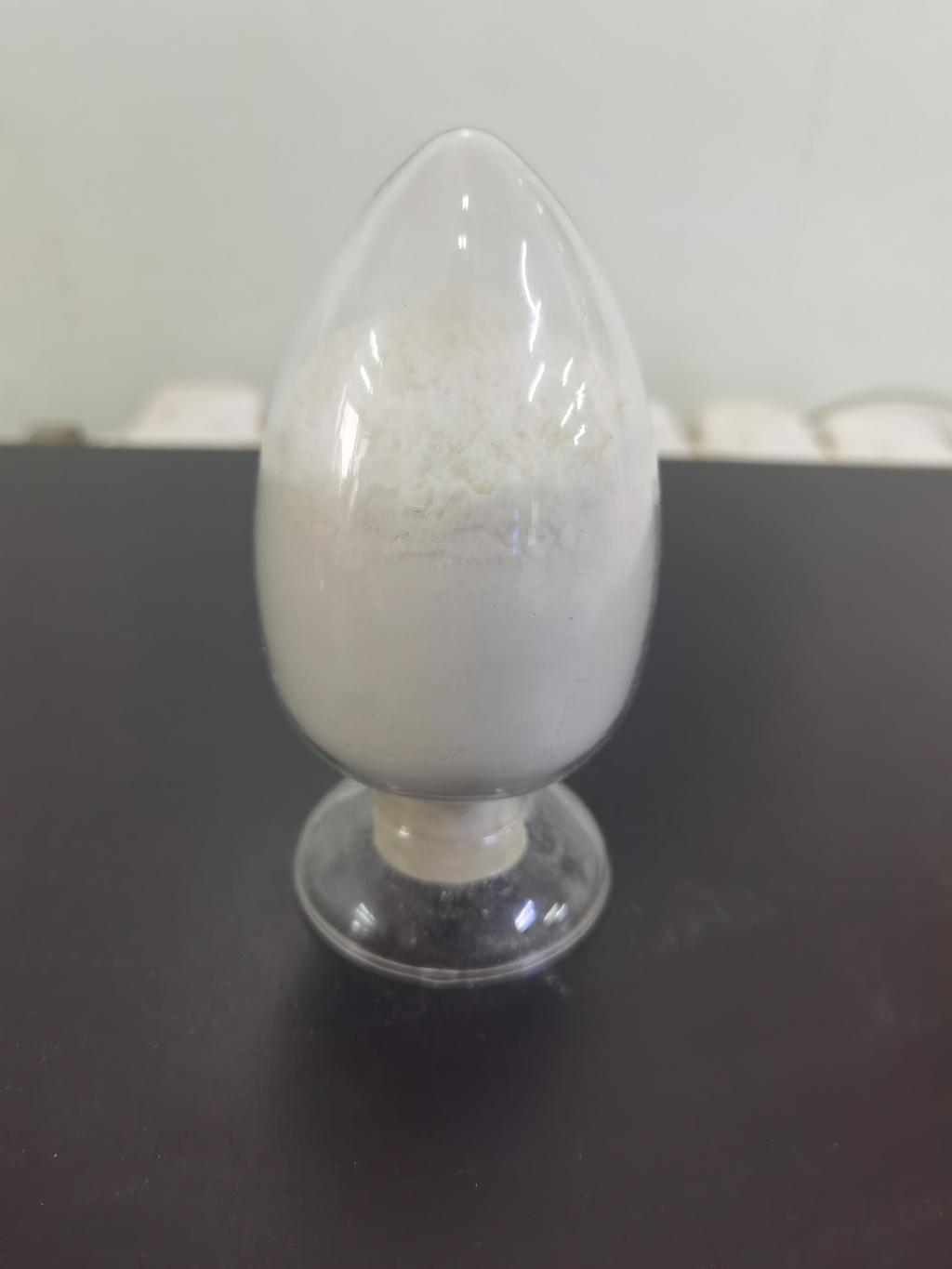Tel:0086 18231198596

News
Assessing the potential of ε-Polylysine hydrochloride in improving the safety of ready-to-eat foods.
TIME:2024-04-29
ε-Polylysine Hydrochloride: An Overview
ε-Polylysine is a natural antimicrobial peptide produced by certain strains of Streptomyces albulus bacteria. It consists of multiple lysine residues linked by peptide bonds and exhibits broad-spectrum antimicrobial activity against Gram-positive and Gram-negative bacteria, yeasts, and molds. ε-PL is water-soluble, heat-stable, and has low toxicity, making it suitable for use as a food preservative. When ε-PL is hydrolyzed and neutralized with hydrochloric acid, it forms ε-polylysine hydrochloride, which is the form commonly used in food applications.
Safety and Regulatory Status
ε-Polylysine hydrochloride is generally recognized as safe (GRAS) for use as a food preservative by regulatory agencies such as the U.S. Food and Drug Administration (FDA) and the European Food Safety Authority (EFSA). It has been approved for use in various food categories, including RTE foods, beverages, dairy products, and condiments. The safety of ε-PL is attributed to its natural origin, low toxicity, and lack of adverse effects on human health.
Mechanism of Action
The antimicrobial activity of ε-PL is attributed to its ability to disrupt microbial cell membranes, leading to cell lysis and death. ε-PL interacts with the lipid bilayer of bacterial cell membranes, causing membrane permeabilization and leakage of intracellular contents. This disrupts essential cellular functions and inhibits microbial growth, making ε-PL an effective preservative against foodborne pathogens and spoilage microorganisms.
Applications in RTE Foods
The use of ε-PL in RTE foods offers several benefits for food safety and quality:
Pathogen Control: ε-PL effectively controls the growth of pathogenic bacteria such as Listeria monocytogenes, Salmonella spp., and Escherichia coli in RTE foods, reducing the risk of foodborne illness outbreaks.
Spoilage Prevention: By inhibiting the growth of spoilage microorganisms, ε-PL extends the shelf life of RTE foods and maintains their freshness and quality during storage and distribution.
Clean Labeling: As a natural preservative derived from microbial fermentation, ε-PL aligns with consumer preferences for clean-label ingredients and minimally processed foods.
Heat Stability: ε-PL is heat-stable and maintains its antimicrobial activity at elevated temperatures, making it suitable for use in heat-processed RTE foods such as canned soups, sauces, and ready meals.
Case Studies and Research Findings
Several studies have demonstrated the efficacy of ε-PL in improving the safety of RTE foods:
A study published in the Journal of Food Protection evaluated the effectiveness of ε-PL in controlling Listeria monocytogenes contamination in RTE deli meats. The results showed that ε-PL significantly reduced the growth of L. monocytogenes and extended the shelf life of deli meats during refrigerated storage.
Another study published in Food Control investigated the antimicrobial activity of ε-PL against Salmonella enterica in RTE poultry products. The findings revealed that ε-PL inhibited the growth of Salmonella spp. and improved the microbiological quality of RTE poultry products, enhancing their safety for consumption.
Consumer Perception and Acceptance
While ε-PL offers numerous benefits for food safety and quality, consumer perception and acceptance of ε-PL-preserved RTE foods may vary. Some consumers may have concerns about the use of antimicrobial additives in food products, while others may appreciate the safety and freshness benefits offered by ε-PL. Clear and transparent labeling practices, along with education about the safety and efficacy of ε-PL, can help address consumer concerns and build trust in RTE foods preserved with ε-PL.
Conclusion
ε-Polylysine hydrochloride holds significant potential for improving the safety of RTE foods by controlling microbial contamination and extending shelf life. Its natural origin, broad-spectrum antimicrobial activity, and regulatory approval make it a valuable preservative for a wide range of RTE food applications. By addressing consumer perceptions and ensuring transparent communication about its safety and efficacy, ε-PL can play a key role in enhancing the safety and quality of RTE foods for consumers worldwide.

 CONTACT
CONTACT




